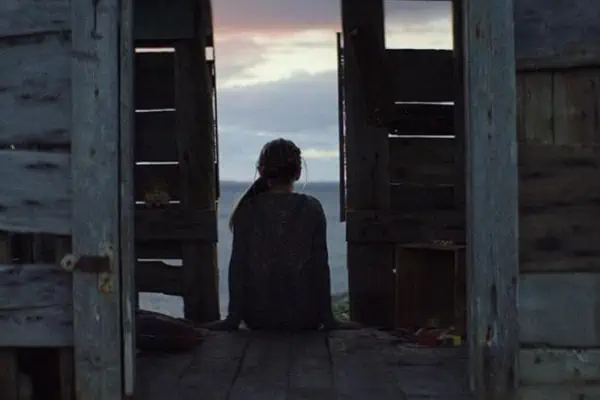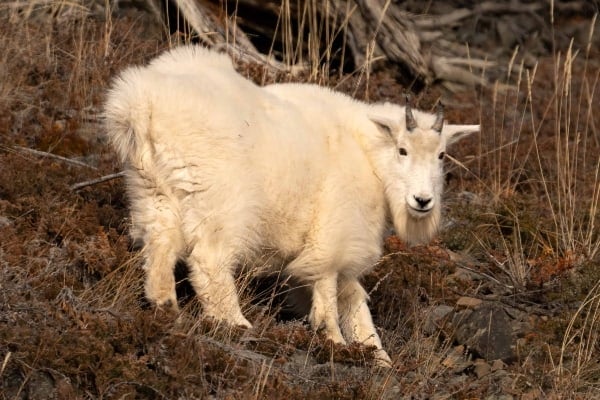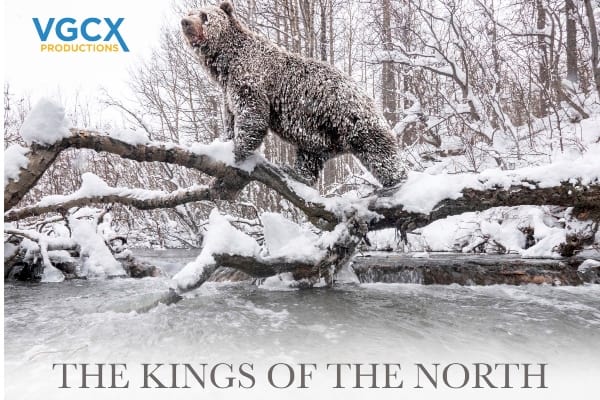Lets hope for some greatly improved weather in February, as the January selection was atrocious. Here’s what February has in store for us.
Starting off the month on February 3, we have the last quarter-moon, three degrees below Saturn. This ringed gas giant can now be found low in the pre-dawn western sky, in the constellation of Libra.
With binoculars you can see Saturn easily enough but you will need to have 50-times magnification to see the rings clearly, instead of a saucer shape. A wide field refractor or a high-power spotting scope would be the perfect choice for viewing this early morning event. This would also make an excellent photo opportunity.
By mid-February Saturn is due south at around 5 a.m. and by Feb. 19 it is moving back into the constellation of Virgo, home of the famous Virgo Supercluster of galaxies.
On Feb. 8, Mars and Mercury appear almost on top of each other — low in the evening sky. This event will require a premium observation site as it takes place close to the horizon. Once again, the best view of this event will be through a telescope. Because it is so close to the horizon, there will be little or no planetary details visible.
On Feb. 11, Mercury can be found in the early evening sky, six degrees below a new moon. This will make finding the little planet much easier. Feb. 16 finds Mercury at its furthest from the sun and therefore presenting the best view in the evening sky.
On Feb. 17, the first quarter-moon and Jupiter will be only four degrees apart, resting side-by-side in the evening sky. This will be an excellent event to see with binoculars or a wide field telescope because four of Jupiter’s moons can be seen in 7×35 binoculars (which have 7-times magnification and an objective diameter of 35mm). It’s another photo opportunity.
The following evening we will have a crescent moon, Jupiter and the bright star Aldebaran in the constellation Taurus all piled up in a small region of the evening sky. Awesome photos await.
Let’s talk about what’s new in astrophotography.
There is a new flavour of camera on the market these days known as mirrorless cameras. These are very small in size, but also have the ability to change lenses.
As far as features and performance, they are somewhere between a point-and-shoot and a DSLR camera. They also have the ability to shoot live HD video as well. With plenty of pixels and the capability of operating at a high ISO setting, for a short time, these cameras are loads of fun for imaging the northern lights, planets, the moon and sun (with appropriate filters) and bright deep sky objects.
They are so small and light, a mere half-pound compared to the three and a half pounds for my DSLR camera. If you pick up a T adaptor and mount your mirrorless camera to your telescope, you have a portable astrophotography workshop.
Some of these mirrorless cameras have wi-fi connectivity. This feature lets you view on a tablet what the camera is seeing. You can also control many of the features of your camera with the tablet.
My first experience with these cameras started about a year ago with a Sony NEX5, and now I always have one close at hand. I started doing northern light pictures, which turned out okay, but not as good as my much larger DSLR camera.
I picked up a T adaptor so I could mount the camera to a couple of different types of telescopes. The results were jaw dropping.
This little camera was a real performer within its limitations. And it was a blast using the tablet to make changes in your cameras settings, instead of fumbling around in the dark.
High Lights
Feb 3rd Last Quarter Moon
Saturn and the Moon are only 3 degrees apart in the pre-dawn morning skies.
Feb 8th Mars and Mercury are piled on top of each other in early evening sky. Very low on the horizon!
Feb 10th New Moon
Feb 11th Mercury and the Crescent Moon 6 degrees apart in the evening sky.
Feb 16th Mercury is furthest from the Sun presenting the best viewing opportunity.
Feb 17th Last Quarter Moon
Jupiter and the Moon are 4 degrees apart in the evening sky.
Great photo opportunity!
Feb 18th Aldebaran the bright star in Taurus, Jupiter, and the Moon make and excellent cosmic pileup for viewing
Feb 25th Full Moon
Feb 27th In the western evening sky keep an eye out for Zodiacal light for the next two weeks.
James “Deep Sky” Cackette can be reached at [email protected]. See his photo adventures on Facebook at Yukon Night Skies.




